Get The Article
- Article PDF
- Journal of Affective Disorders Article
Aesthetic chills modulate reward learning in anhedonic depression
Cite This Work
- APA
- MLA
- Bibtex
Jain, A., Schoeller, F., Esfand, S., Duda, J., Null, K., Reggente, N., Pizzagalli, D. A., & Maes, P. (2024). Aesthetic chills modulate reward learning in Anhedonic depression. Journal of Affective Disorders, 370, 9–17. https://doi.org/10.1016/j.jad.2024.10.038
Jain, Abhinandan, et al. “Aesthetic chills modulate reward learning in Anhedonic depression.” Journal of Affective Disorders, vol. 370, Oct. 2024, pp. 9–17, doi:10.1016/j.jad.2024.10.038.
@article{Jain_Schoeller_Esfand_Duda_Null_Reggente_Pizzagalli_Maes_2024, title={Aesthetic chills modulate reward learning in Anhedonic depression}, volume={370}, url={https://doi.org/10.1016/j.jad.2024.10.038}, DOI={10.1016/j.jad.2024.10.038}, journal={Journal of Affective Disorders}, author={Jain, Abhinandan and Schoeller, Felix and Esfand, Shiba and Duda, Jessica and Null, Kaylee and Reggente, Nicco and Pizzagalli, Diego A and Maes, Pattie}, year={2024}, month=oct, pages={9–17} }
Working with Abhi Jain at MIT Media Lab and Diego Pizzagalli’s team at McLean Hospital, we recently investigated whether aesthetic chills could improve reward learning in individuals with anhedonic depression– an important follow-up on our work showing how chills can update depression schemas.
Anhedonia – the reduced ability to feel pleasure or motivation – affects up to 70% of depressed patients and predicts poor treatment outcomes. Current antidepressants (SSRIs) can sometimes worsen anhedonic symptoms, leaving that patient population in need for new treatment options.
Based on previous findings showing aesthetic chills engage the brain’s mesocortical reward circuit, we tested whether aesthetic chills could temporarily improve reward learning in anhedonic individuals. To measure reward learning, we used our collaborator Diego Pizzagalli’s probabilistic reward task (PRT). The PRT measures how well people modify their behavior based on rewards – participants have to identify subtle differences between stimuli (e.g., distinguishing between images with slightly different numbers of dogs vs cats), with one option being rewarded more frequently than the other. Healthy people quickly develop a bias toward the more rewarded option, while anhedonic individuals typically show no response.
In our study of 103 depressed participants, anhedonic individuals who experienced chills showed significantly improved reward learning (p = .004) compared to non-responders. This effect was specific to high anhedonia participants – we saw no significant changes in those with low anhedonia or controls.

The study used validated stimuli from ChillsDB, developed in our earlier work.
Our team is now working with ketamine clinics to implement aesthetic chills induction alongside ketamine therapy for treatment-resistant depression. The rationale is compelling: ketamine rapidly enhances neuroplasticity and dopaminergic function, while aesthetic chills naturally engage reward circuitry in a targeted way depending on the content used (speech, poetry, stories, films). By combining these approaches, we hope to amplify therapeutic effects and potentially extend ketamine’s antidepressant benefits.
We’re particularly interested in how chills might enhance the psychedelic-like experiences many patients report during ketamine sessions. Early observations suggest that carefully selected aesthetic stimuli could help guide these experiences in therapeutically meaningful directions. If you’re a clinician working with ketamine or a researcher interested in this approach, we’re looking to expand our clinical partnerships. We’re particularly interested in sites that can implement rigorous protocols and already collect standardized data. If you’re interested in collaborating or learning more, please reach out: felix@advancedconsciousness.org.
aesthetic chills for depression anhedonia chills Read more




















